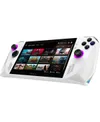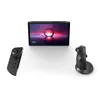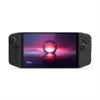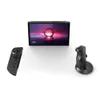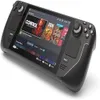Move over Steam Deck. Lenovo is reportedly working on a Legion Go ‘Lite’
The best Windows gaming handheld could get a slimmer successor
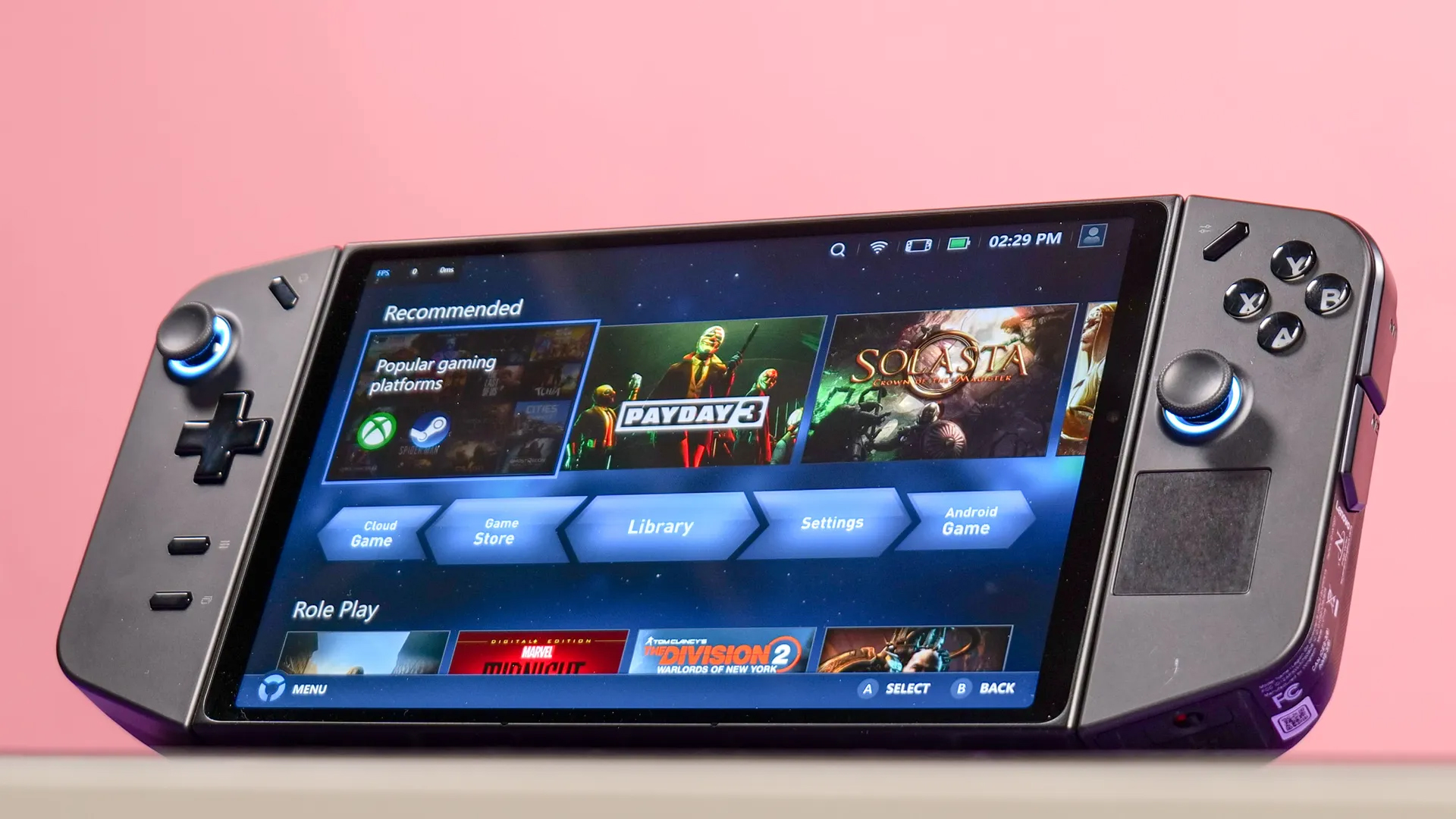
Here at Tom’s Guide, we rate the Lenovo Legion Go as the best Windows gaming handheld on the market. Personally, I’ve never tested it, though I know my computing colleague Tony Polanco thinks pretty highly of it. If it wasn’t for the existence of Steam Deck OLED, I may have taken the plunge on one, but with new talk of a slimmed down “Lite” Legion Go, I may still tell Lenovo to “shut up and take my money!”
As weirdly cool as that right controller that can be used as a pseudo mouse is in FPS mode and as commendable as the Go’s screen stats are — 2,560 x 1,600 resolution with a refresh rate that tops out at 144Hz — the form factor of the display itself brings the chonk. 8.8 inches is ludicrously large for a handheld gaming PC (for context Steam Deck OLED’s panel is a “mere” 7.4 inches), so it makes sense Lenovo is apparently planning to launch a smaller version.
According to Windows Central’s sources, the company is actively working on a Legion Go Lite model. The refreshed and very much still rumored handheld is said to use the same Z1 AMD CPU range as the OG portable PC, though could “sport some refinements over its predecessor”.
Though Windows Central can’t confirm any specific details yet, the site expects to see the Lite to have a smaller display than the current console. Polanco has told me in the past that games that don’t run on that “absurdly high for a handheld” native resolution on the current Legion Go can be a bit of an eyesore, so reducing screen size (and presumably resolution at the same time), makes a lot of sense to me. If the Lite is an actual product and comes to market, I’d also expect it to be cheaper than the current $630 starting price.
Lite it up
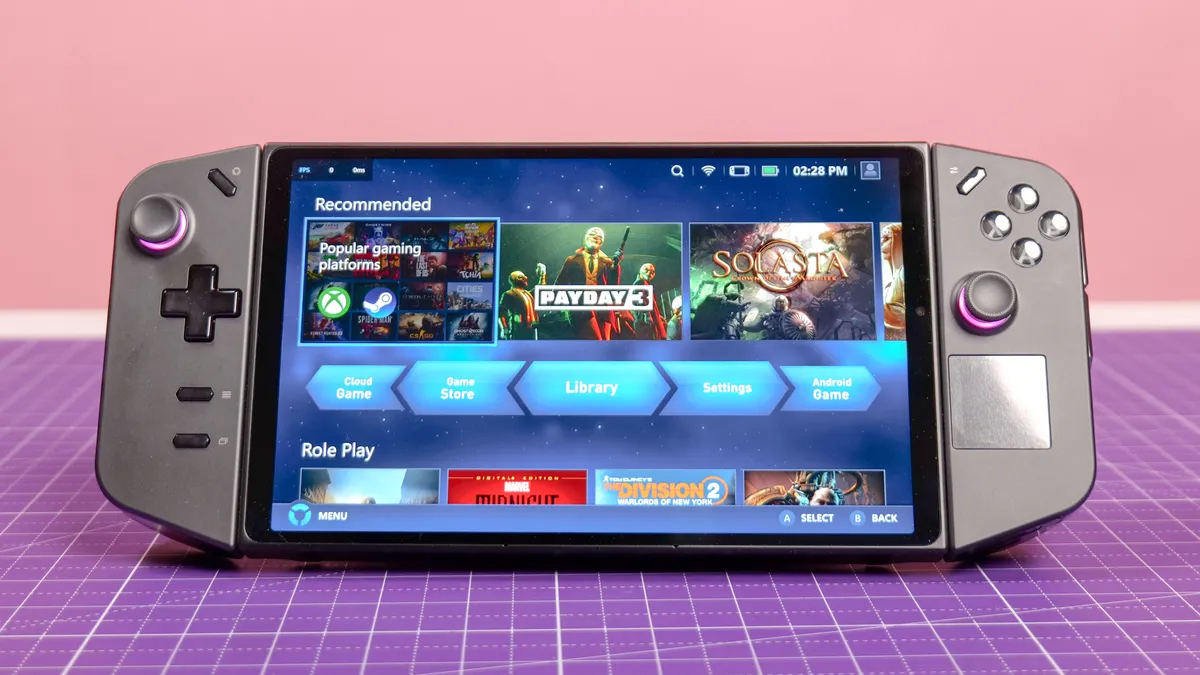
The Lenovo Legion Go is the only recent gaming device that’s come even remotely close to tempting me away from beloved Steam Deck OLED. For my money, Valve’s upgraded system is the best gaming handheld console of all time… and it ain’t close. Starting at $549, it’s cheaper than the Go and sports a much more sensible resolution of 1,200 x 800 pixels.
It’s the rock ‘em sock ‘em combo of OLED and HDR that makes the refreshed Deck so elite, though. During our testing, Valve’s handheld reached 597 nits of peak brightness, which is a significant boost over the 476 nits the Legion Go is capable of producing.
I’m all for healthy competition in the PC market, so I’d like to see a slimmer, cheaper Lenovo Legion Go. Though there’s essentially zero concrete information regarding this rumoured “Lite” model at time of writing, any successor to the Go has key areas that need to be improved.
Sign up to get the BEST of Tom's Guide direct to your inbox.
Get instant access to breaking news, the hottest reviews, great deals and helpful tips.
During our review testing of Lenovo’s device, Steam Deck OLED comfortably outperformed its frame rate performance in Cyberpunk 2077 and Shadow of the Tomb Raider. In the case of Lara’s rebooted threequel-ender, fps output was almost double on Valve’s machine — 23 fps on the Go vs 44 on the Deck OLED.
Battery life is the other big area any revised Legion Go has to address. The current model can only last for one hour and 51 seconds, whereas Steam Deck OLED can comfortably go way beyond two hours playing a demanding game like Marvel’s Spider-Man at medium settings.
The awesome Linux-based SteamOS coupled with that incredible screen means I don’t think a Lenovo Legion Go Lite has much of a chance if it goes the LCD route again. Put an OLED screen in there, though, dial down the resolution to give me better battery life and the company could yet prize my change purse open.
More from Tom's Guide
- I love the Steam Deck but I ditchted it for Steam Deck OLED — here’s why
- I just tested the Lenovo Legion Go — here’s what I like (and hate) so far
- The best Steam games you can play today

Dave is a computing editor at Tom’s Guide and covers everything from cutting edge laptops to ultrawide monitors. When he’s not worrying about dead pixels, Dave enjoys regularly rebuilding his PC for absolutely no reason at all. In a previous life, he worked as a video game journalist for 15 years, with bylines across GamesRadar+, PC Gamer and TechRadar. Despite owning a graphics card that costs roughly the same as your average used car, he still enjoys gaming on the go and is regularly glued to his Switch. Away from tech, most of Dave’s time is taken up by walking his husky, buying new TVs at an embarrassing rate and obsessing over his beloved Arsenal.

